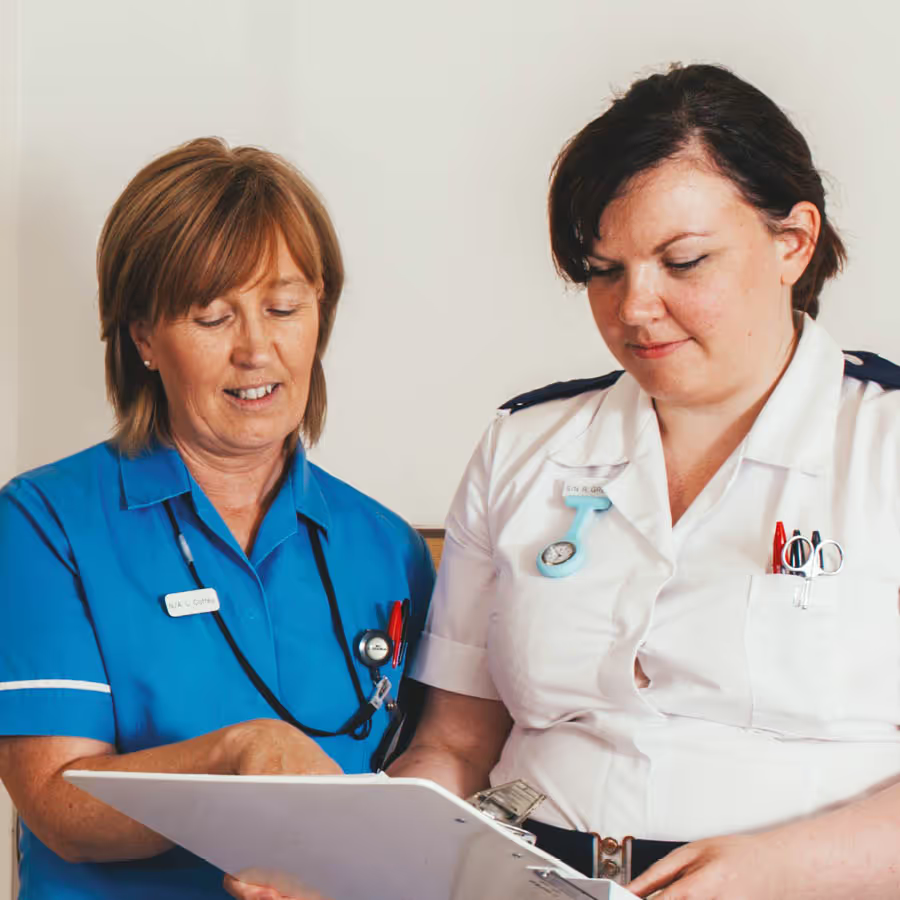Menu

Cardiac & Respiratory
A bronchial challenge test assesses how your airways respond to triggers, helping diagnose asthma or COPD by monitoring lung function during controlled irritation, with careful preparation, monitoring, and aftercare for safe, accurate results.

The response of a patient's bronchial tubes to this challenge can provide doctors with critical information about their respiratory health. It's akin to a stress test for the lungs, providing a glimpse of their performance under certain conditions.
If you've been suffering from persistent coughing, wheezing, or shortness of breath - particularly if these symptoms get worse with exercise or exposure to certain triggers - your doctor might recommend a bronchial challenge to aid in diagnosing conditions like asthma or chronic obstructive pulmonary disease (COPD).
The process involved in a bronchial challenge test consists of 3 main steps:

Have a query?
Why not check out our FAQ’s were you will find answers to many previously asked questions.

3
Lorem ipsum dolor sit amet, consectetur adipiscing elit, sed do eiusmod tempor incididunt ut labore et dolore magna aliqua.













